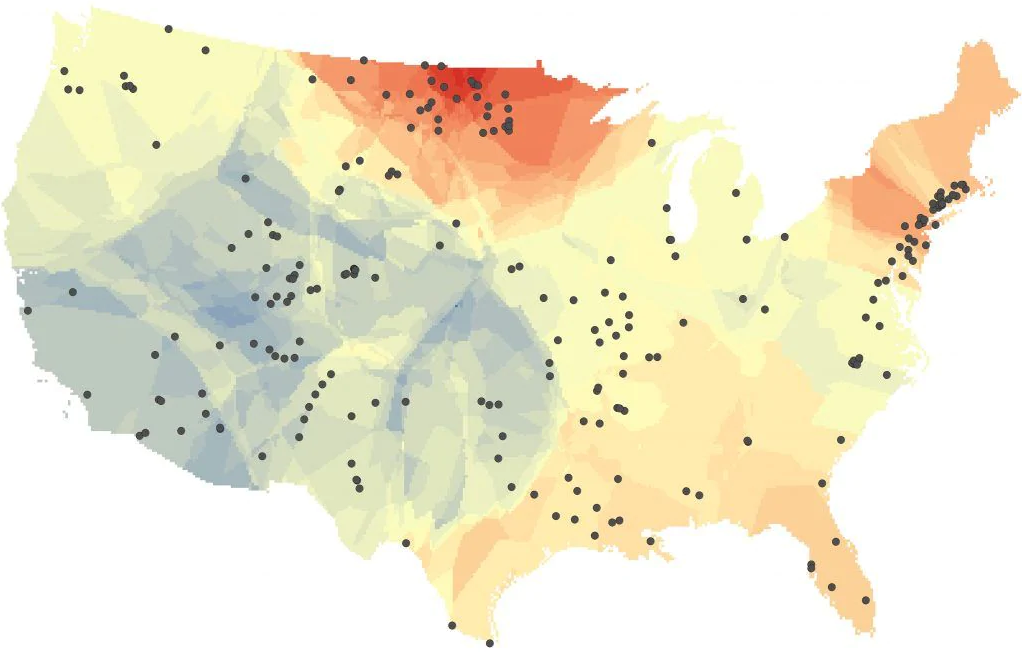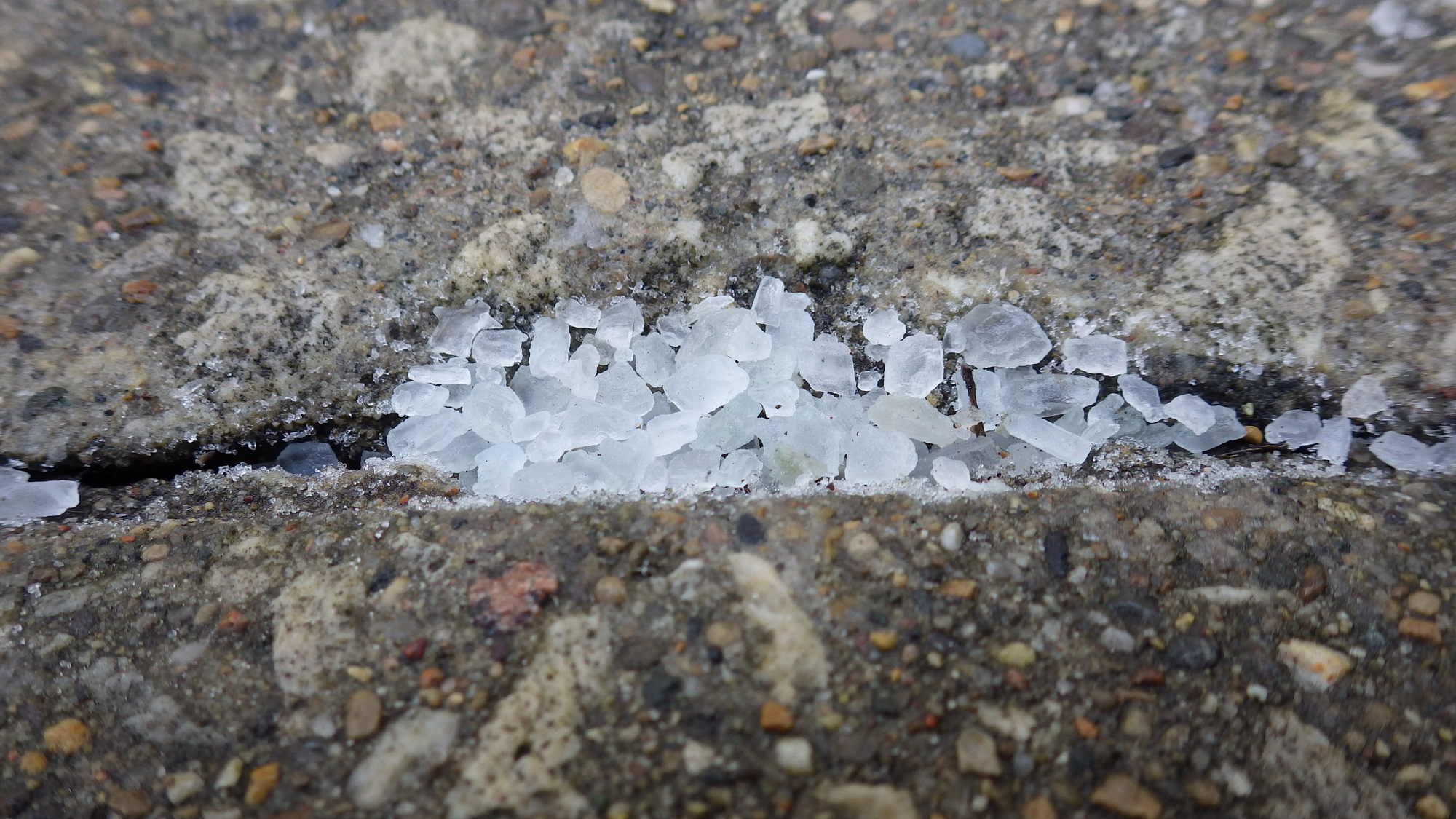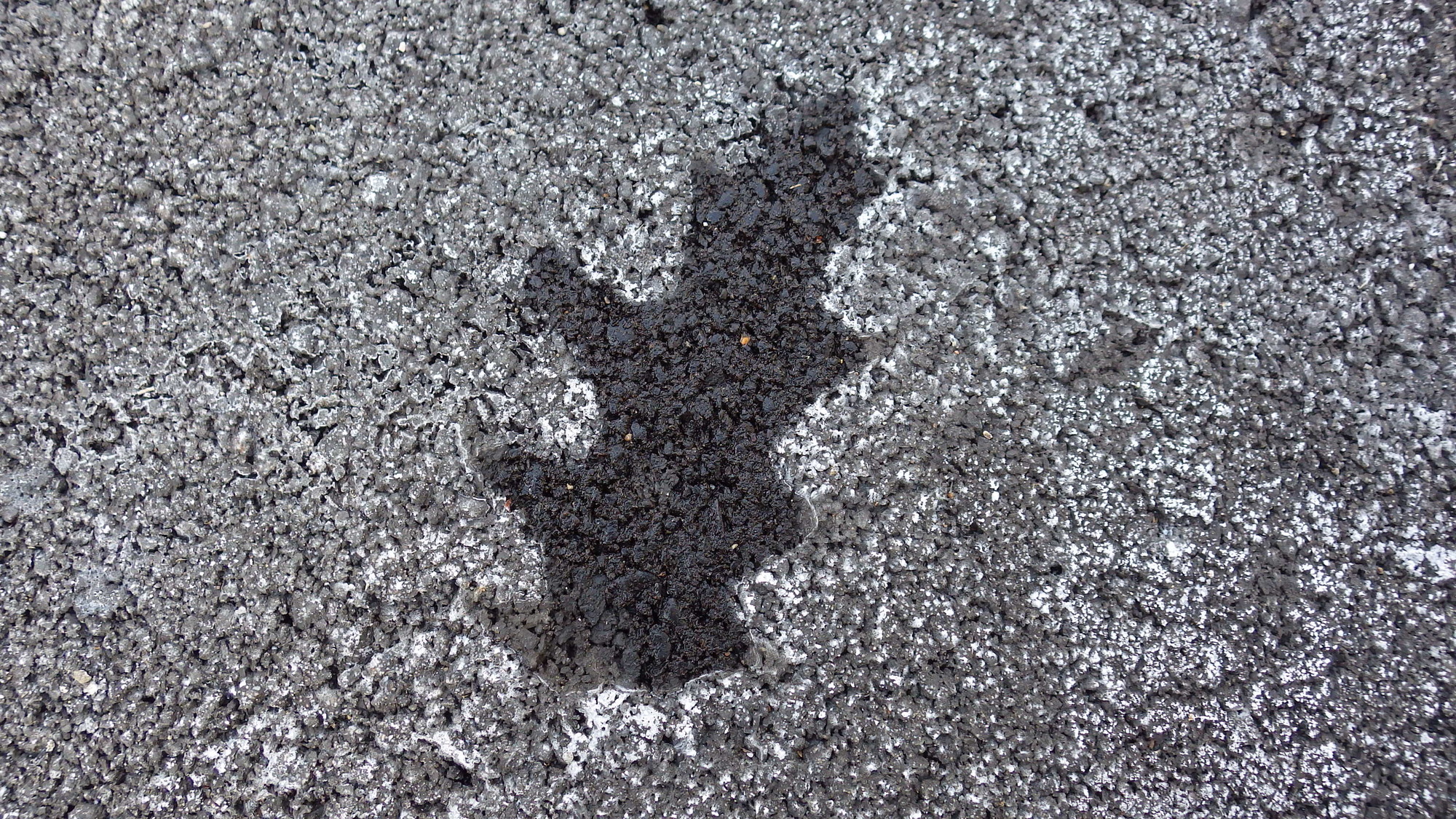News & Updates All »
City Offices closed for Christmas
Monday, December 23, 2024
The City of Goshen offices will be closed Tuesday, December 24, and Wednesday, December 25, for Christmas Eve and Christmas Day. Additionally, all trash and recycling services will be delayed one day in observance of Christmas. The schedule for the week of December 23 is below: Residents with... more
Carter Rd. Boil Water Advisory
Thursday, December 19, 2024
We want to inform residents of Carter Rd. that a boil water advisory is currently in effect. This means you should boil all water intended for drinking, cooking, or oral hygiene for at least one minute before use. This precautionary measure is being taken to ensure the safety of our community due... more
Notice to Bidders: Purchase of UHF Digital Radio System for Street Department
Thursday, December 19, 2024
The City of Goshen, I The City of Goshen, Indiana is soliciting sealed proposals until January 23, 2025 at 4:00 p.m. (local time) for the above referenced purchase in accordance with the detailed specifications included in the Specification and Contract Documents. Specifications and Contract... more
Upcoming Events All »
Board of Works
Today, 4:00pm
To join the webinar please copy and paste this link on your browser: https://us02web.zoom.us/j/88469251269
City Council
Monday, December 30, 2024, 6:00pm
To view a live stream of this meeting, go to https://us02web.zoom.us/j/81652777559 or call +1 305 224 1968, Webinar ID: 816 5277 7559. Comments are no longer taken online. https://us02web.zoom.us/j/81652777559
City Council
Monday, January 13, 2025, 6:00pm
To view a live stream of this meeting, go to https://us02web.zoom.us/j/81652777559 or call +1 305 224 1968, Webinar ID: 816 5277 7559. Comments are no longer taken online. https://us02web.zoom.us/j/81652777559

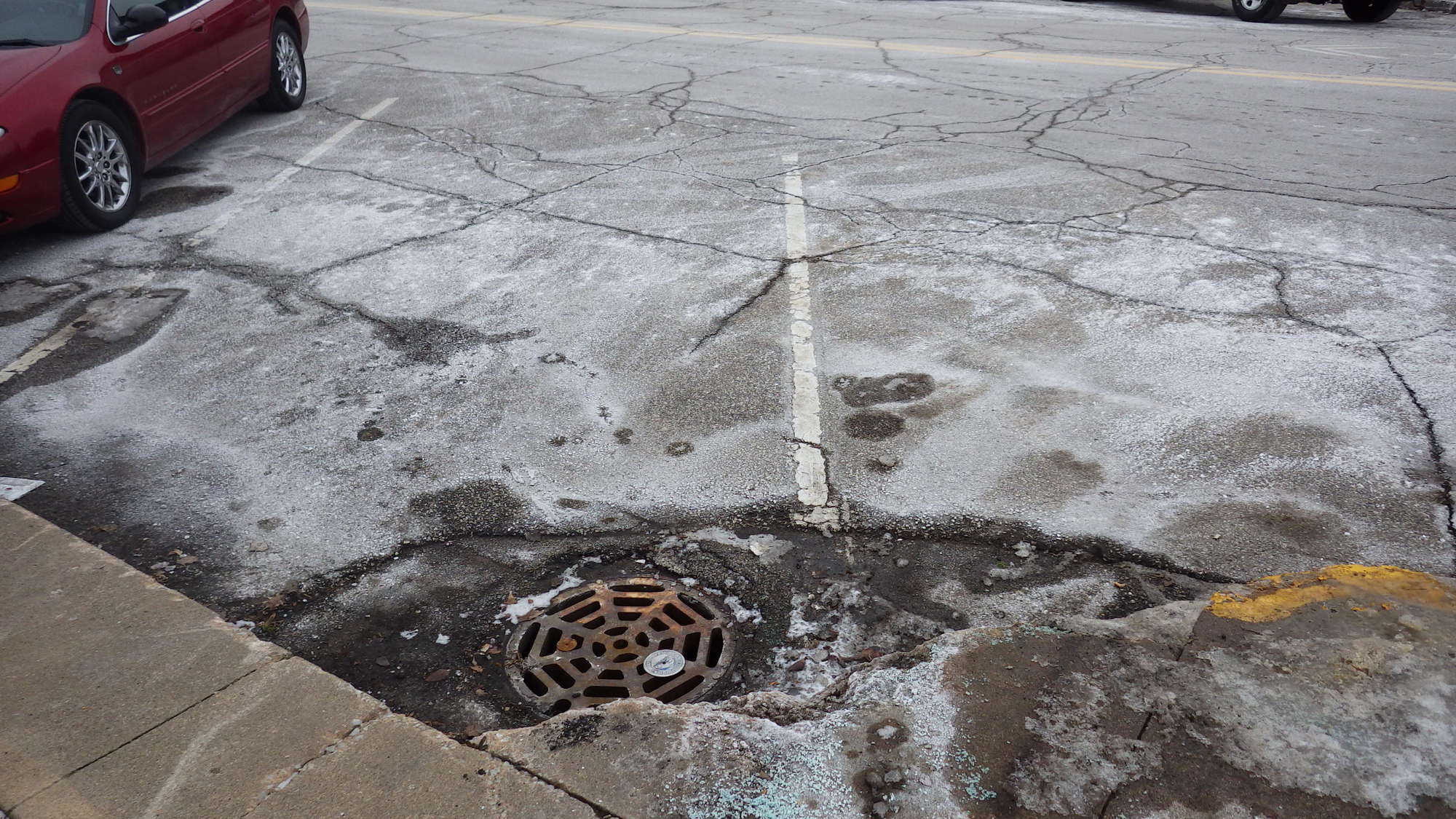
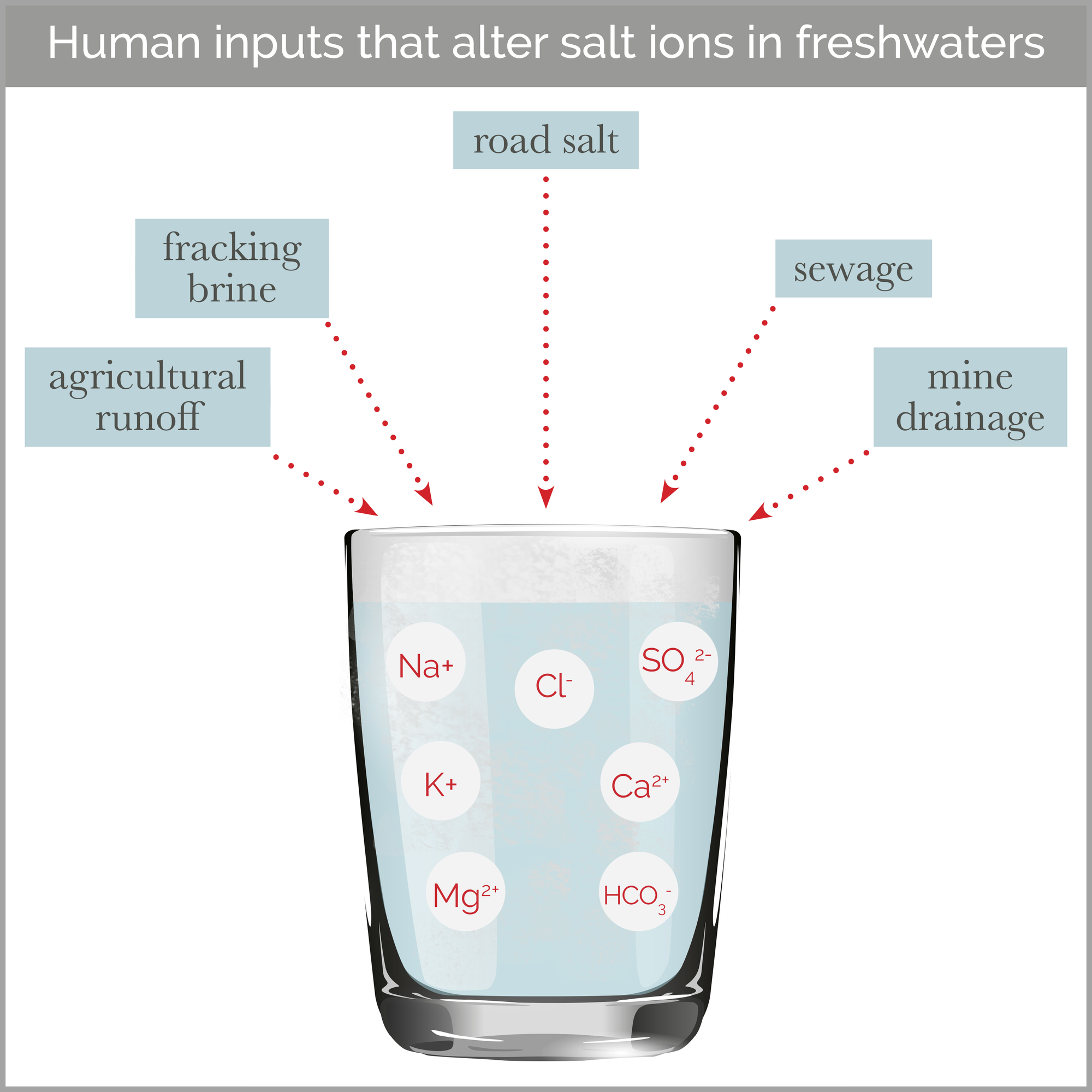 (Image credit:
(Image credit: 